Prevention of late blight on tomatoes
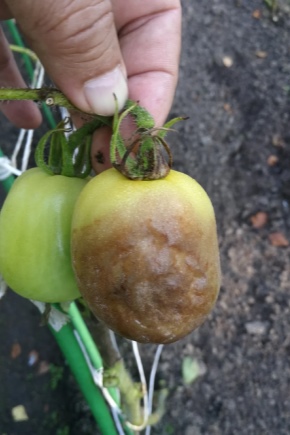
To achieve a good harvest of tomatoes, you need to actively protect plants from late blight - this is the disease that most often affects tomato bushes. From this publication, you will learn about what preventive measures should be taken to grow healthy seedlings in greenhouses and in the open field. We will tell you about the treatment with biological products, chemicals and folk methods.

When should you start defending?
It is necessary to start preventive work to protect tomatoes from late blight long before the possible manifestation of this disease in plants.... Experienced gardeners assure that it is impossible to 100% protect tomatoes from this fungus, but it will definitely be possible to minimize the number of its active disputes thanks to preventive measures.
The fight schedule consists of two stages. It should start at the end of the season. As soon as the whole crop of tomatoes is harvested, the greenhouse is prepared for the next planting, and they begin with disinfecting the soil and the structure as a whole.
The beds are completely cleaned of all plant residues, the tops, rhizomes, and the remaining defective fruits are removed, since all this is a good basis for the reproduction of fungal spores.
After that, disinfection is carried out in the greenhouse, for which special agents are used against the development of late blight.
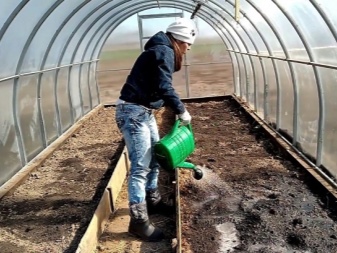

The room is freed from inventory and all garden items - they are also disinfected and locked in a separate room. And the surface of the entire greenhouse is washed with soap (soap is suitable for household needs) or with vinegar solution.
You can dissolve copper sulfate in water and rinse those places where dust and dirt accumulate in order to destroy phytophthora spores. After these cleansing measures, treatment with special agents that are used against late blight will be necessary.
Spring is the second stage of preventive measures. Moreover, if it was not possible to remove everything in the fall, then it is worth starting a month before planting. Everything has to be washed as described above: dirt and dust are removed with appropriate solutions, then the greenhouse is closed for several days.
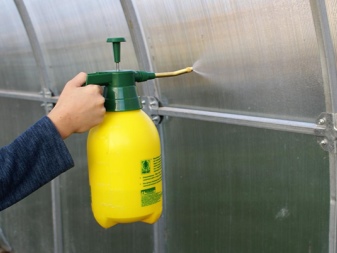

Then the room is ventilated and treated with special means that block the spread of phytophthora. If the greenhouse was removed and disinfected in the fall, then before planting the plants, they are engaged in soil processing.
The soil is also watered with special compounds to destroy the spores of harmful fungi. Later, you can still spray tomato bushes during their flowering, as well as at the end of fruiting.
However, in these cases, only folk remedies are allowed for use.
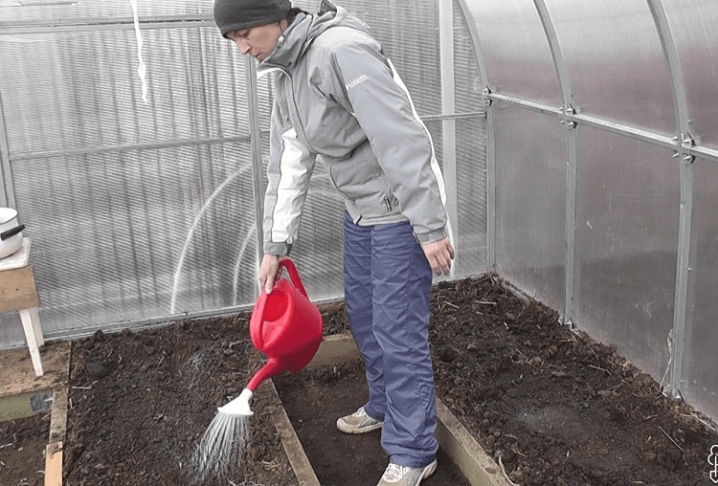
Eliminating comfortable conditions for illness
Many are interested in the question of why the greenhouse becomes a breeding ground for late blight. This fungal disease often manifests itself in greenhouses as it seeks an enclosed space.... The greenhouse is the ideal environment for the development of this fungal disease.
Phytophthora also affects other plants, but the nightshade family is especially in the favorites of these mushrooms. Lesions can be seen both on leaves and fruits of tomatoes. If you do not follow all the measures, then the entire crop may die in the greenhouse.
Outside, in hot, dry, sunny weather, the spores of these fungi will be inactive, but in a closed greenhouse, all conditions are created for their reproduction. Therefore, it is necessary to eliminate the comfortable conditions for the development of late blight in the greenhouse with the help of certain actions.
-
Get rid of high humidity. To do this, regularly ventilate, especially after excessive watering.
-
Avoid moisture accumulation on the greenhouse cover. Drops falling on plants can become carriers of fungal spores.
-
Avoid significant temperature changes in the greenhouse, which can appear at the end of summer due to the difference in air temperature during the day and at night.
-
Burn at the end of the season, all infected plants.
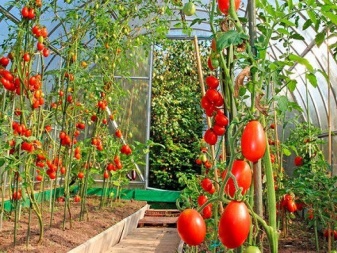

In order not to create conditions for the development of the disease, you need to feed the soil with the following beneficial trace elements:
-
iodine;
-
potassium;
-
manganese;
-
copper.
All these elements strengthen the immunity of tomatoes. But an excess of nitrogen-containing fertilizers can have the opposite effect. As, however, and dense planting of seedlings.
Density in this case will interfere with normal ventilation and help create an environment for the development of harmful fungi.


How to process?
Part of the prevention of late blight on tomatoes - both in greenhouses and in the open field - is soil treatment before planting seedlings or seeds. After clearing the site of last year's residues, the soil is fumigated with a smoke bomb, steamed or treated with lime.
Seed material is also treated against late blight, especially if the seeds are collected and harvested on their own. By the way, it is unacceptable to collect seeds from tomatoes affected by late blight. Even if the fruits do not have lesions, but grow on a diseased bush, they are already infected.
As you know, the disease is easier to prevent than to cure - this can be attributed to the plant kingdom. In addition to the main measures for the care of tomato bushes in terms of watering, tying, and so on, they are also treated with special preparations as a prophylaxis.
Spraying is the basis of such treatment... It is carried out in dry weather in the morning or evening, and during flowering this is also permissible.
In general, preventive measures against late blight of tomatoes growing in greenhouse conditions differ from those tomatoes that grow in open ground.
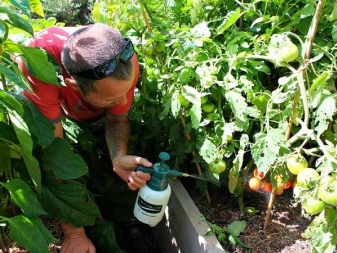
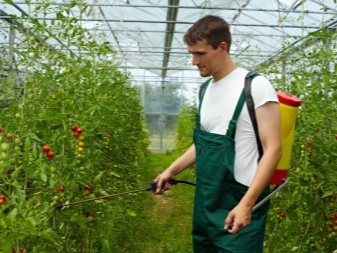
Let's mark some of these differences.
-
Spraying plants in a greenhouse is not tied to weather conditions, but it is better for ground tomatoes not to carry out such treatment in the rain. High humidity only contributes to the development of fungal infections.
-
Better processing is obtained in open space. In a greenhouse, it is not always possible to reach all areas.
-
In the greenhouse, it is not always possible to deal with high humidity due to the impossibility of organizing airing in a timely manner.
In greenhouses, it is especially important to carry out prophylaxis against late blight, even if no plant has been infected with this fungus before, since there are enough conditions for the development of infection there. To protect tomatoes from late blight, gardeners use both chemical and folk remedies. Let's consider the most popular options.
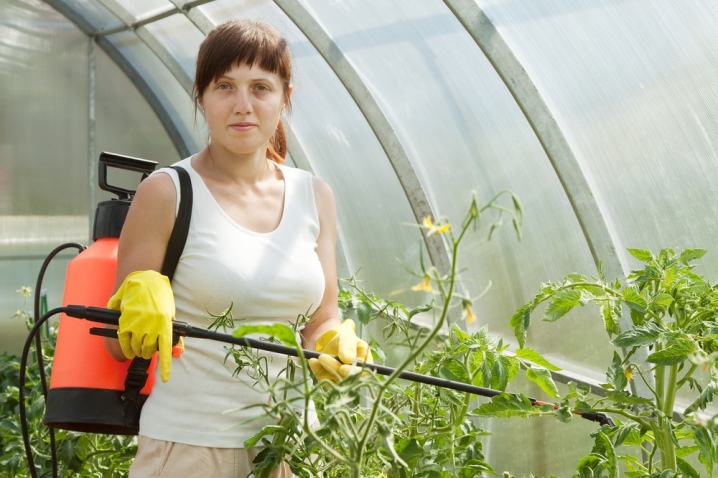
Biologicals
Often, biological products are used to combat the late blight fungus. For example, you can be calm about the tomato harvest with "Fitosporin", "Guapsin", "Trichophyte", "Baikal" and other preparations on a biological basis.
Let's take a closer look at the most popular pesticide Fitosporin, which destroys pathogenic fungi by penetrating into plant tissues. It is not dangerous for people, it can be used in conjunction with chemical agents. This biological pesticide is suitable for both prophylaxis and treatment of infected seedlings.
It is enough to dilute only 6 grams of the product in a non-metallic container in 10 liters of warm water, and make a solution. The whole area is treated with it, the greatest effect will be after precipitation falls on the soil. "Fitosporin" has analogues that are also effective.
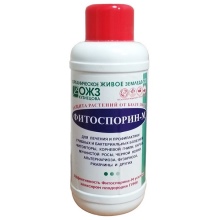
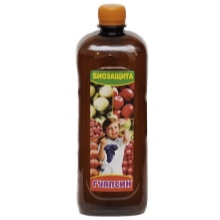
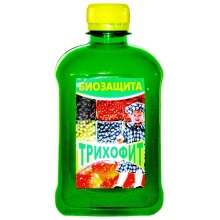
Another antibacterial drug that is quite readily available is furacilin. Yes, the same pharmacy furatsilin with which we wash wounds or gargle. One tablet is diluted in 1 liter of water, and a disinfecting solution is obtained, which is sprayed.
The first time - before flowering, the second - after the formation of the ovary and the third time - during the ripening of tomatoes. No need to process more than 3 times. Furacilin is absolutely harmless, and special protective equipment is not needed when working with it.
The same safe drugs include trichopolum... It is also available over the counter in the pharmacy, the dosage for the solution is slightly different than that of furacilin. For 1 liter of water, 2 tablets of Trichopolum are taken.
And the bushes are processed every 10 days, the maximum effect will be achieved after heavy rainfall.
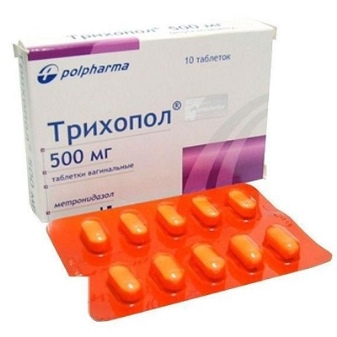
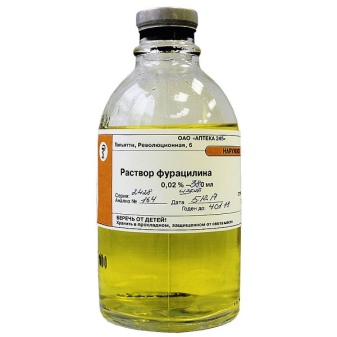
Chemicals
Let's dwell on the most famous Wedunit of gardeners with chemicals.
-
"Hom" based on copper oxychloride, the drug belongs to the third class of hazard to humans, so it is better to work with gloves and a mask. As for plants, the agent kills fungi, but does not penetrate into the fruit. However, 3 weeks before harvesting, Hom treatment is no longer allowed. In just a season, up to 5 times are processed with this composition, its effect lasts for 2 weeks. Used exclusively for prophylaxis.
-
"Ordan" in contrast to "Homa" it penetrates into the culture, but in addition to the preventive effect, it also has a therapeutic effect. For 5 liters of water, take 2-3 tablespoons of the drug and dilute. After processing with this composition, the fruits are not eaten for 7 days. And also you need protective equipment when working with this chemical, which has a third class hazard.

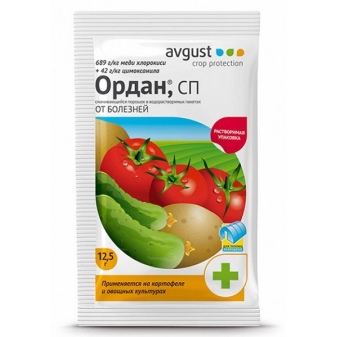
Folk remedies
Among folk remedies, the most popular in the fight against the scourge are the compound of potassium permanganate with garlic, a yeast mixture, a milk solution with the addition of iodine, milk whey, a compound of urea and hay. Ordinary salt water or a solution of copper sulfate will help.
Folk remedies pose no danger either to humans or to culture. We offer several proven recipes.
-
Chop garlic in an amount of 100 g and pour a glass of water, leave to brew for a day. Strain, dilute the resulting concentrate in 7 liters of water, add only a gram of potassium permanganate - and spray the bushes every 10 days, until the first flowers appear.
-
Take 1 liter of milk on a bucket of water, add up to 15 drops of iodine, and the resulting cocktail is sprayed with tomatoes once every 2 weeks.
-
A glass of salt is dissolved in 5 liters of water and sprayed... Salt water forms a film on the plants that protects against the penetration of fungal spores.
-
Ordinary fresh yeast (100 g) is diluted in water (10 l), and water the bushes under the root with yeast water.
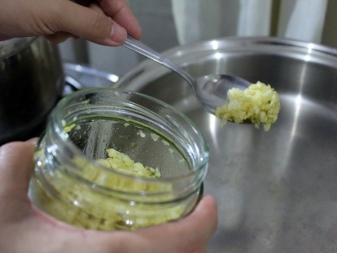
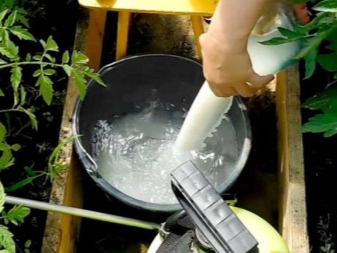
You can spray on infected tomatoes and vinegar water (1 glass of vinegar is taken for 10 liters of water), and soda solution (for 5 liters of liquid - 2 tablespoons of baking soda), and toothpaste (1 tube of ordinary white toothpaste is dissolved in 5 liters).
If there is a potato plantation near the affected tomatoes, then the potato bushes also need to be treated for late blight, since the disease is contagious and easily transferred, especially to nightshade crops.
The above methods have been tested more than once and accurately give a result in the fight against late blight, however, follow strictly all the recommendations so as not to overfeed the plants, this can negatively affect the tomatoes. In the garden, just like in greenhouses, you need to pay attention to prevention, even if you have planted disease-resistant varieties.
The first spraying is done after planting, the second - at the beginning of flowering, and the third - closer to harvesting.
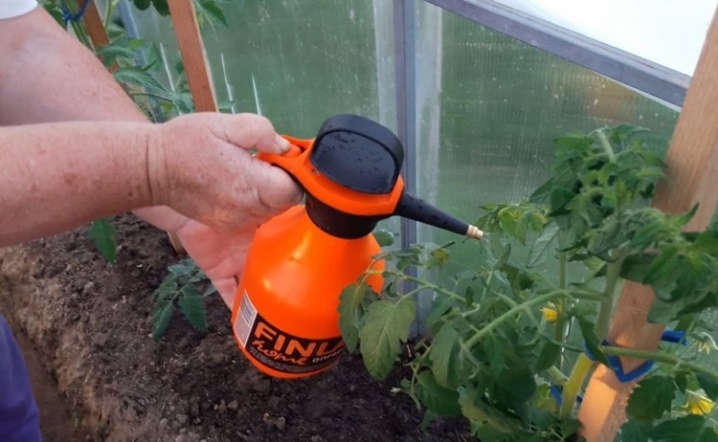
You can learn about the three best ways to deal with late blight in the video below.













The comment was sent successfully.